Sales Management Report: Marshall Cavendish Education in India
VerifiedAdded on 2023/05/29
|15
|1331
|481
Report
AI Summary
This report provides an overview of Marshall Cavendish Education and its sales management strategies for the Indian market. It includes a company overview, background information on the Indian education system, a Porter's Five Forces analysis, and a competitor analysis focusing on brands like MacMillan and Pearson India. The report outlines a strategy for launching the brand in India, considering goals, target market, product, competitive advantages, and route to market. It details the selling process, resource allocation, and sales management techniques, including channel sales strategies involving dealers, affiliates, retailers, and direct marketing. A timeline for the launch is provided, covering activities from initial planning to post-launch activities like social media engagement and feedback collection. The report concludes with a list of references used in the analysis. Desklib offers a wide range of similar reports and solved assignments to aid students in their studies.
1 out of 15
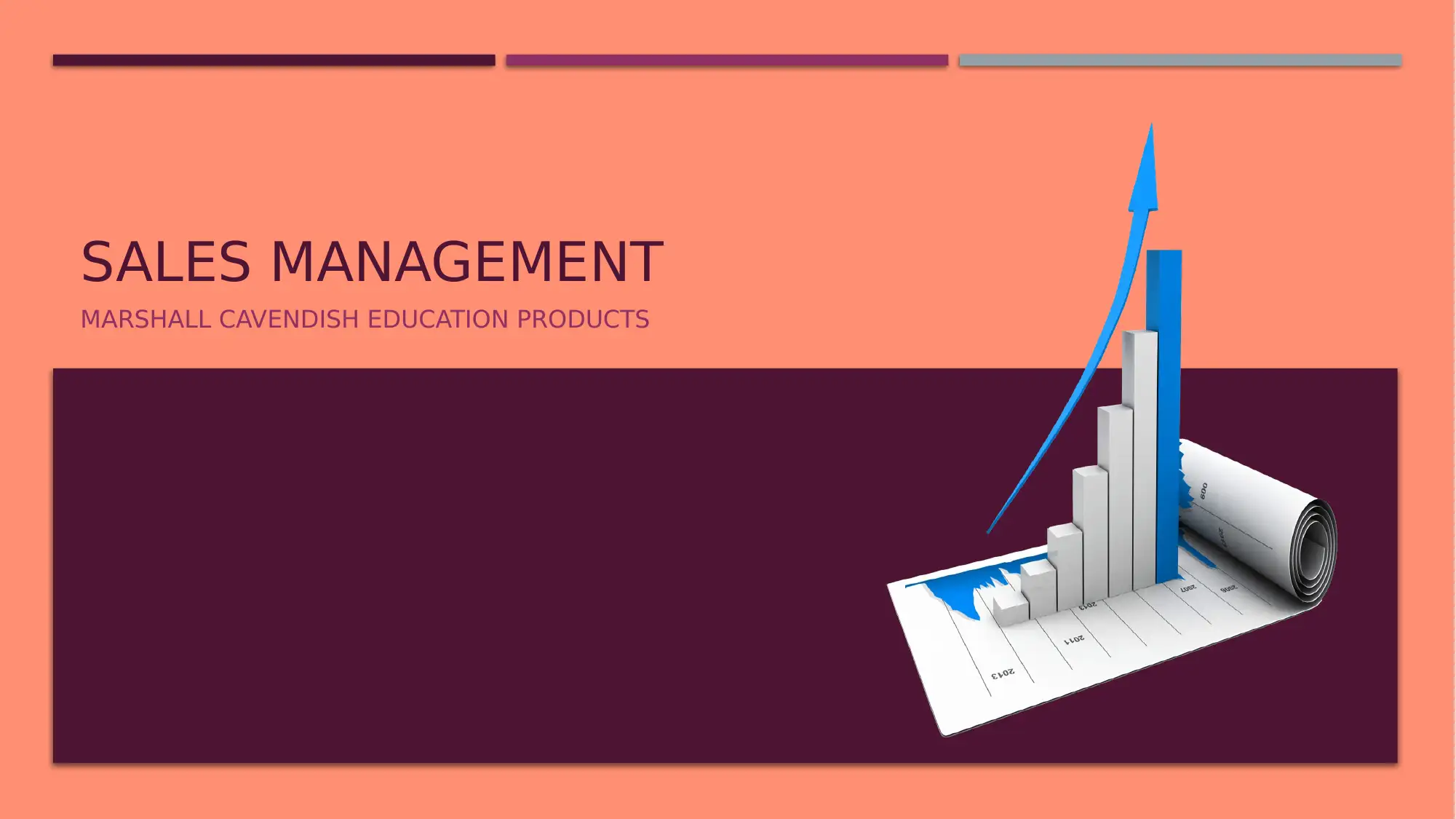
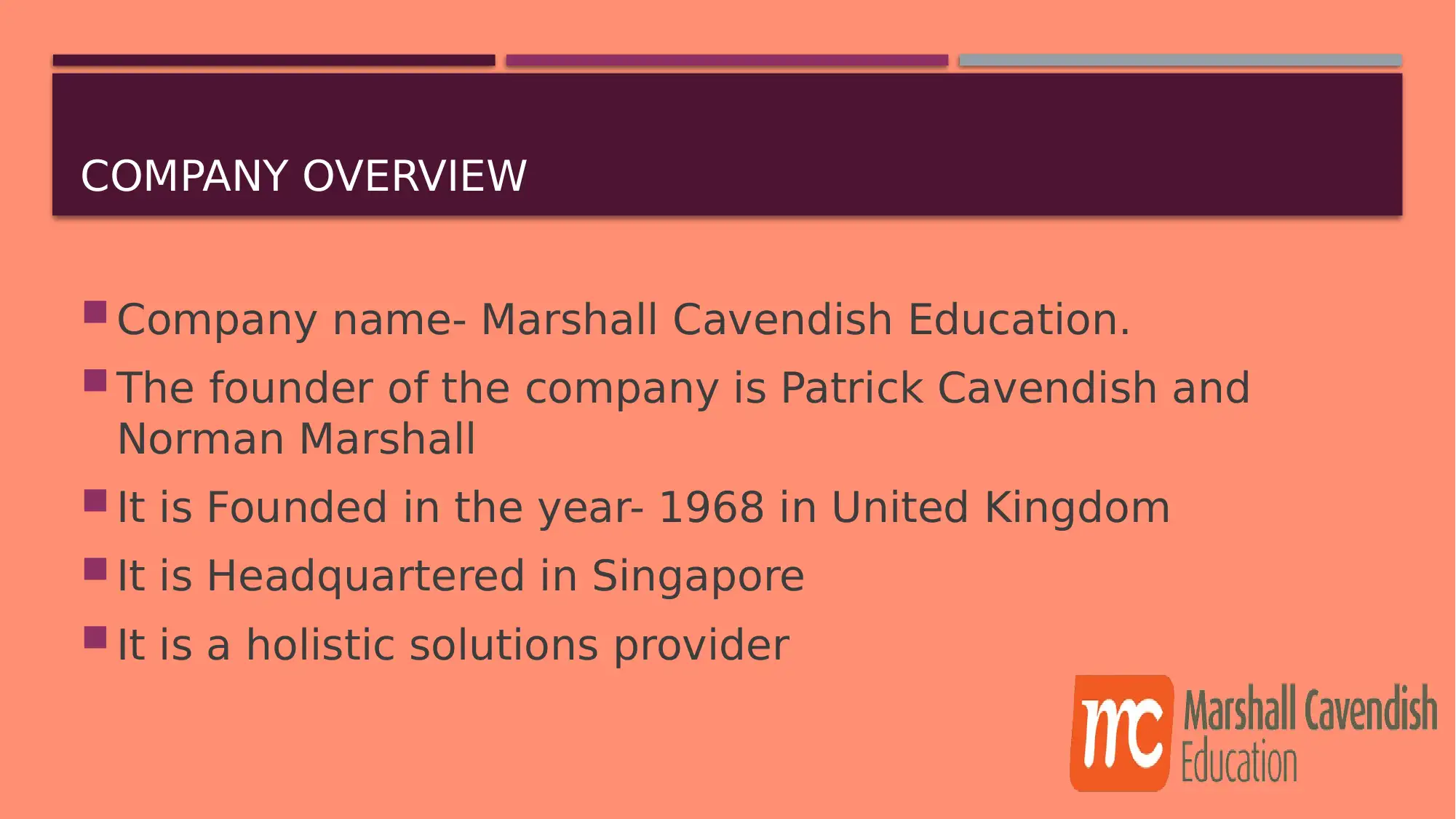


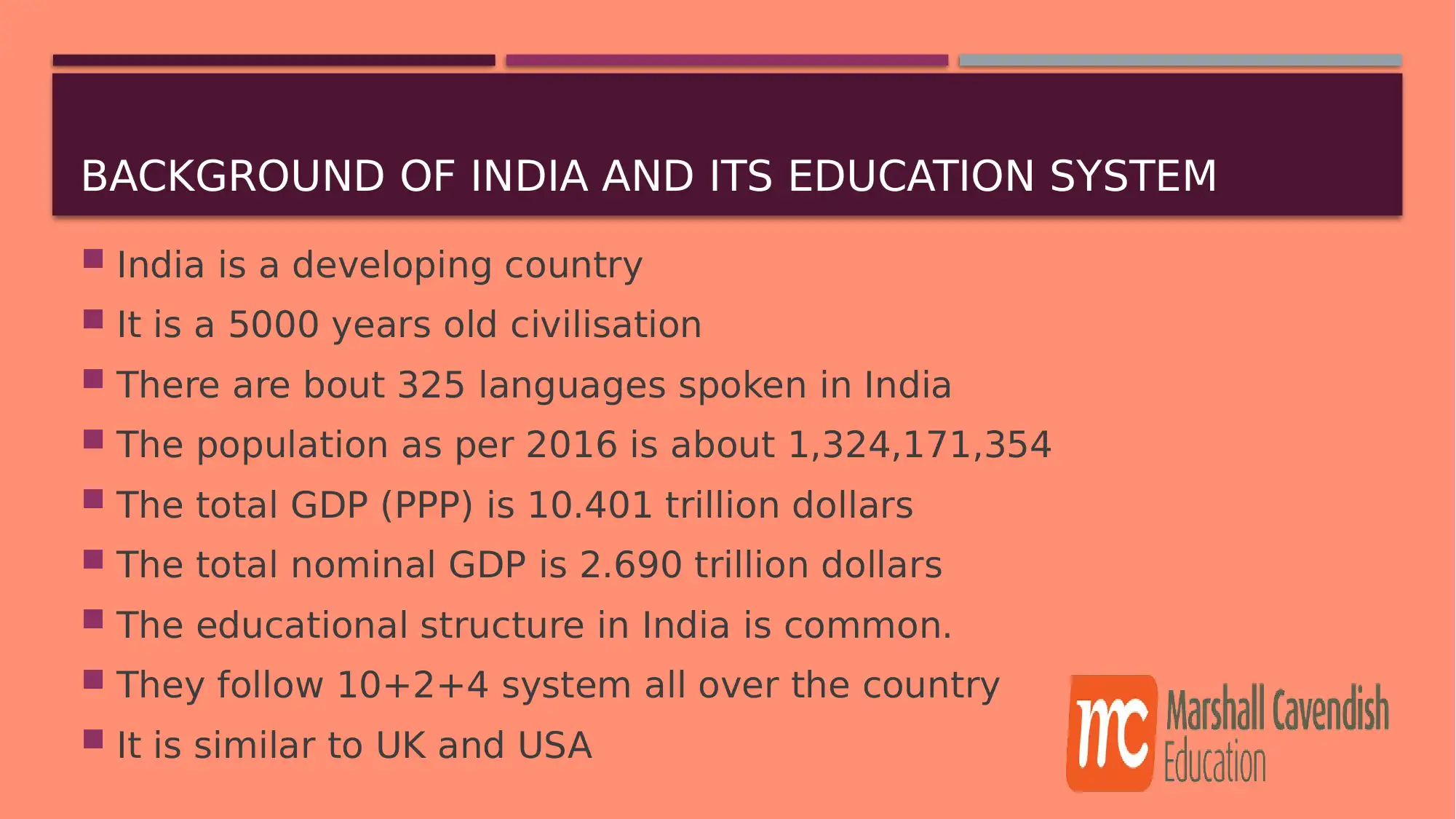
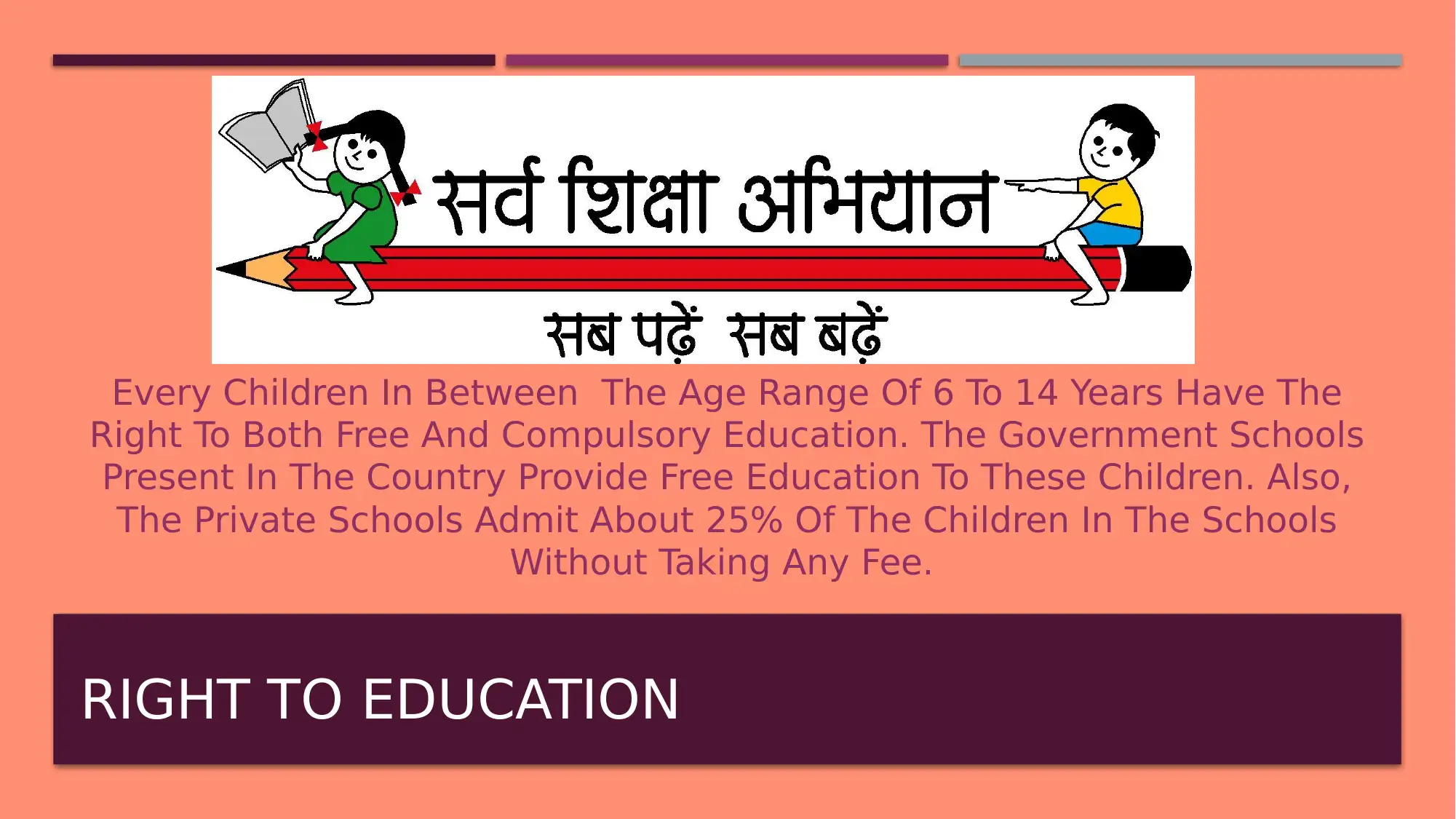
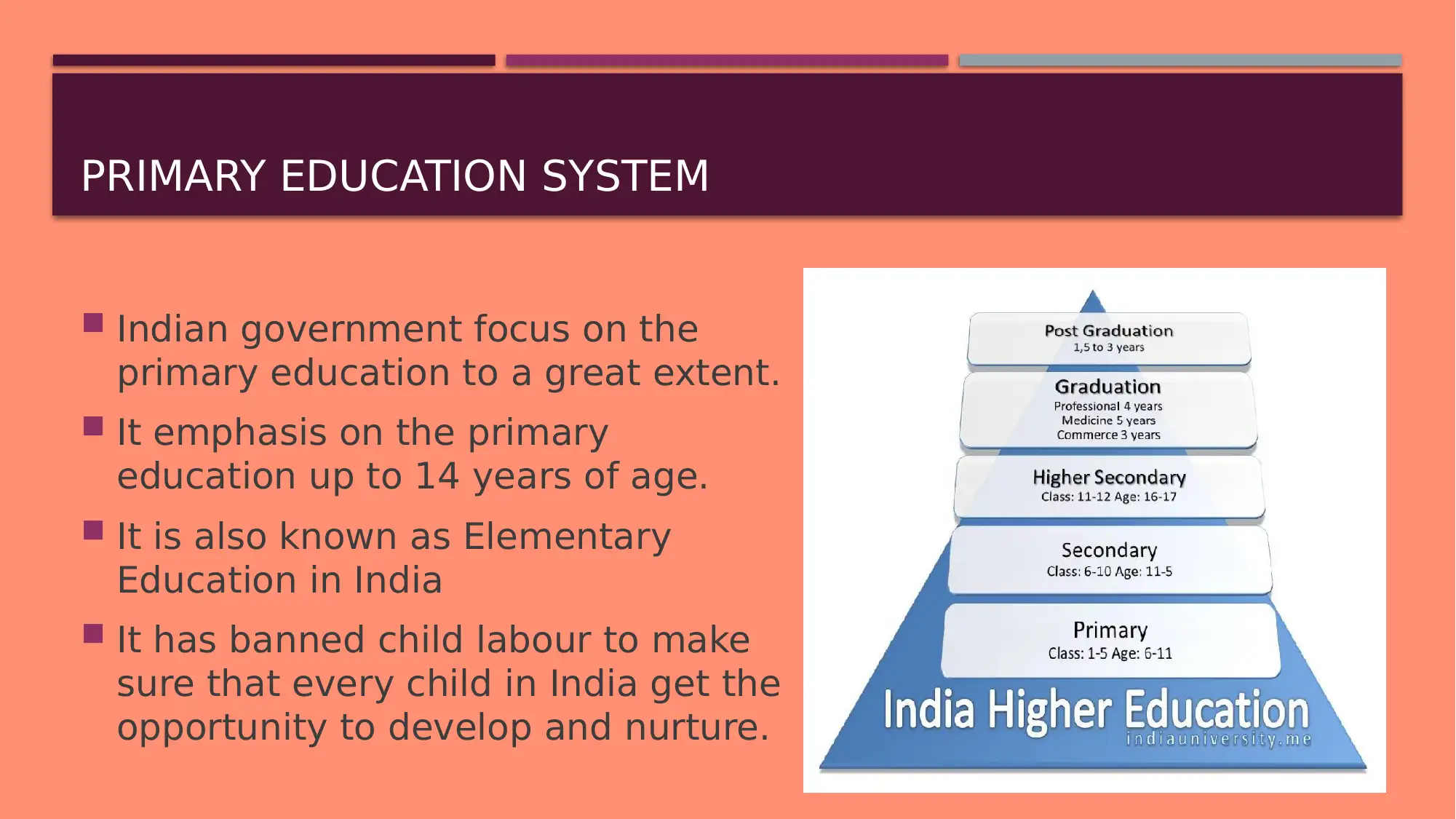
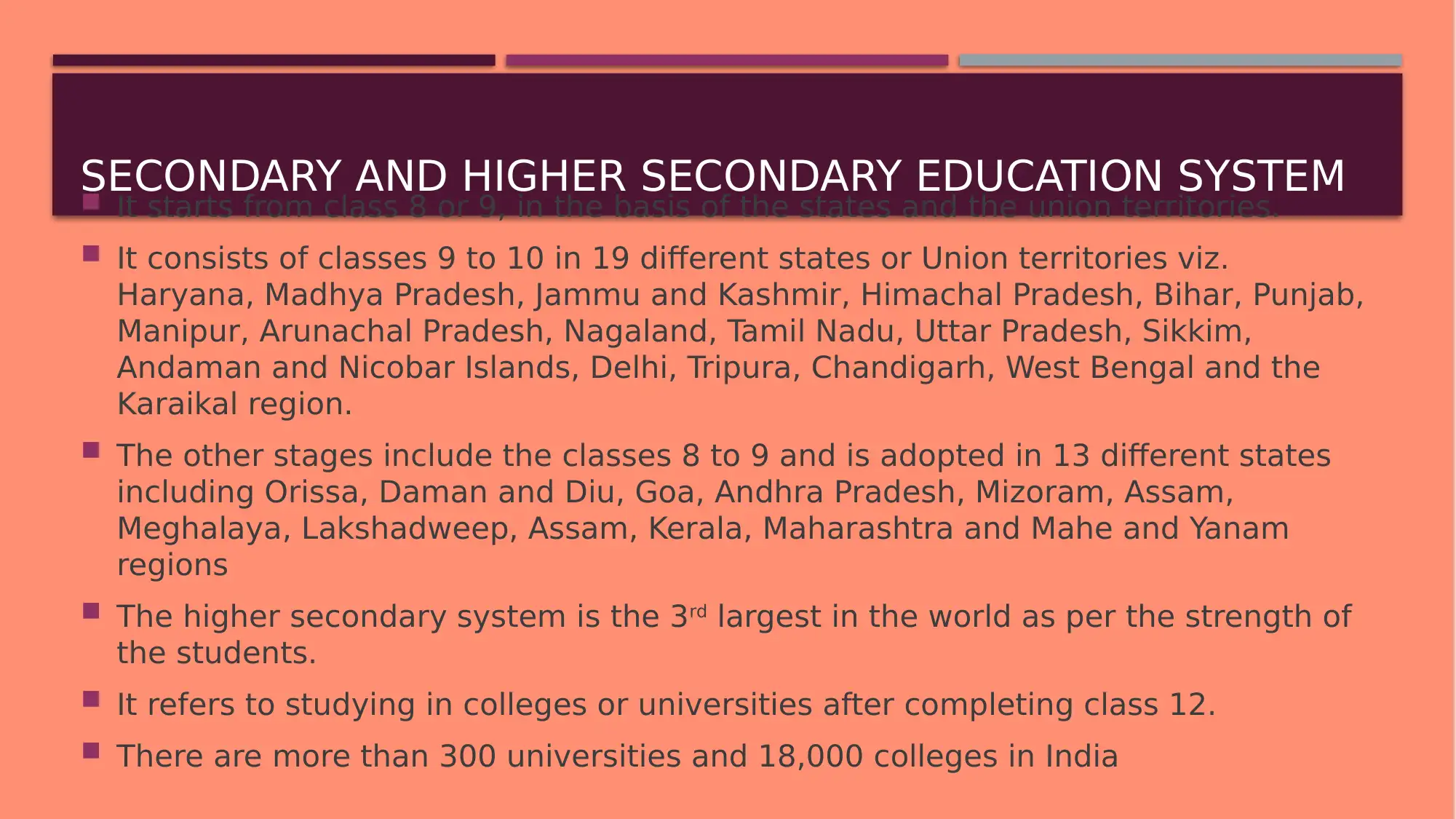


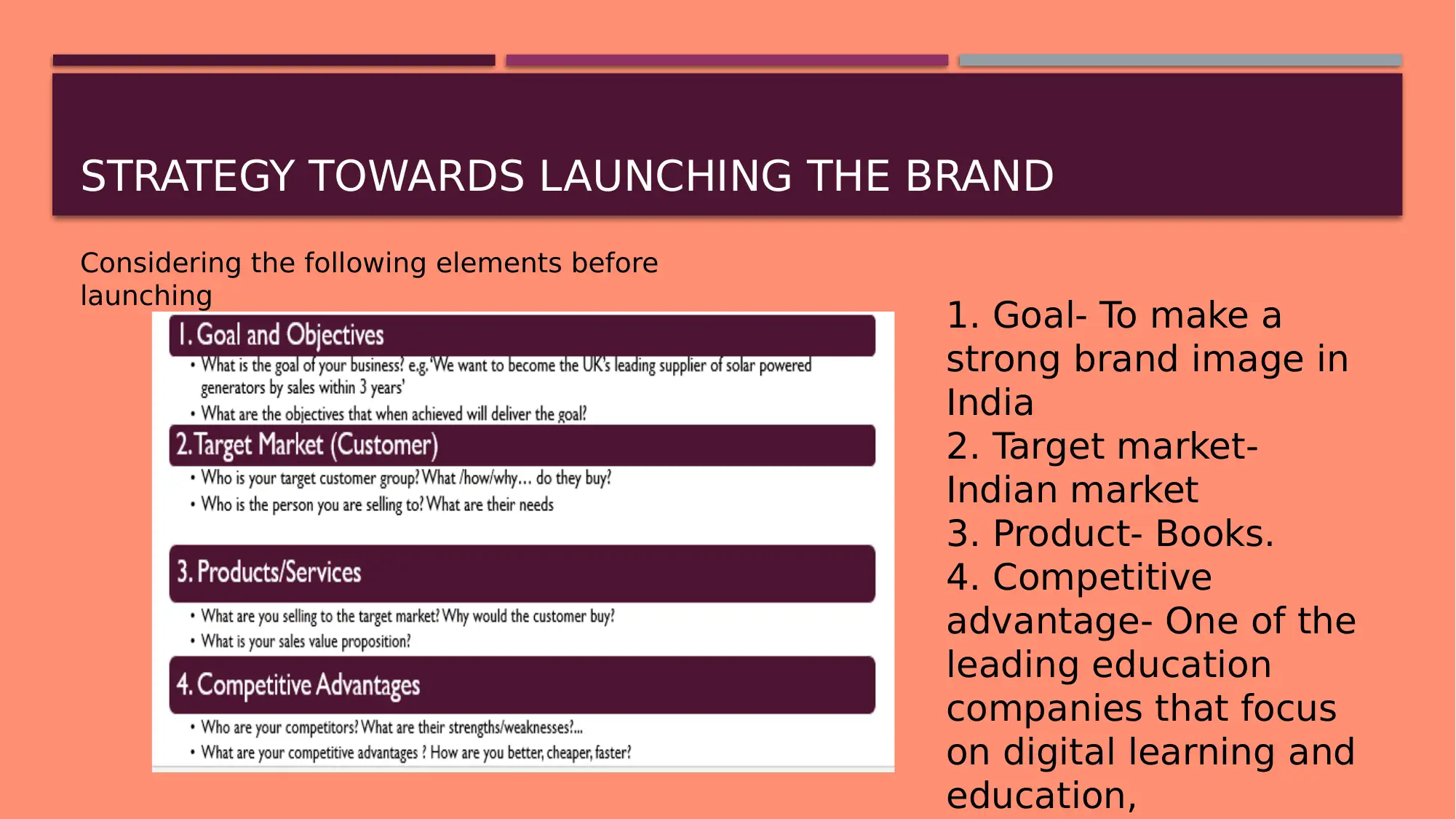

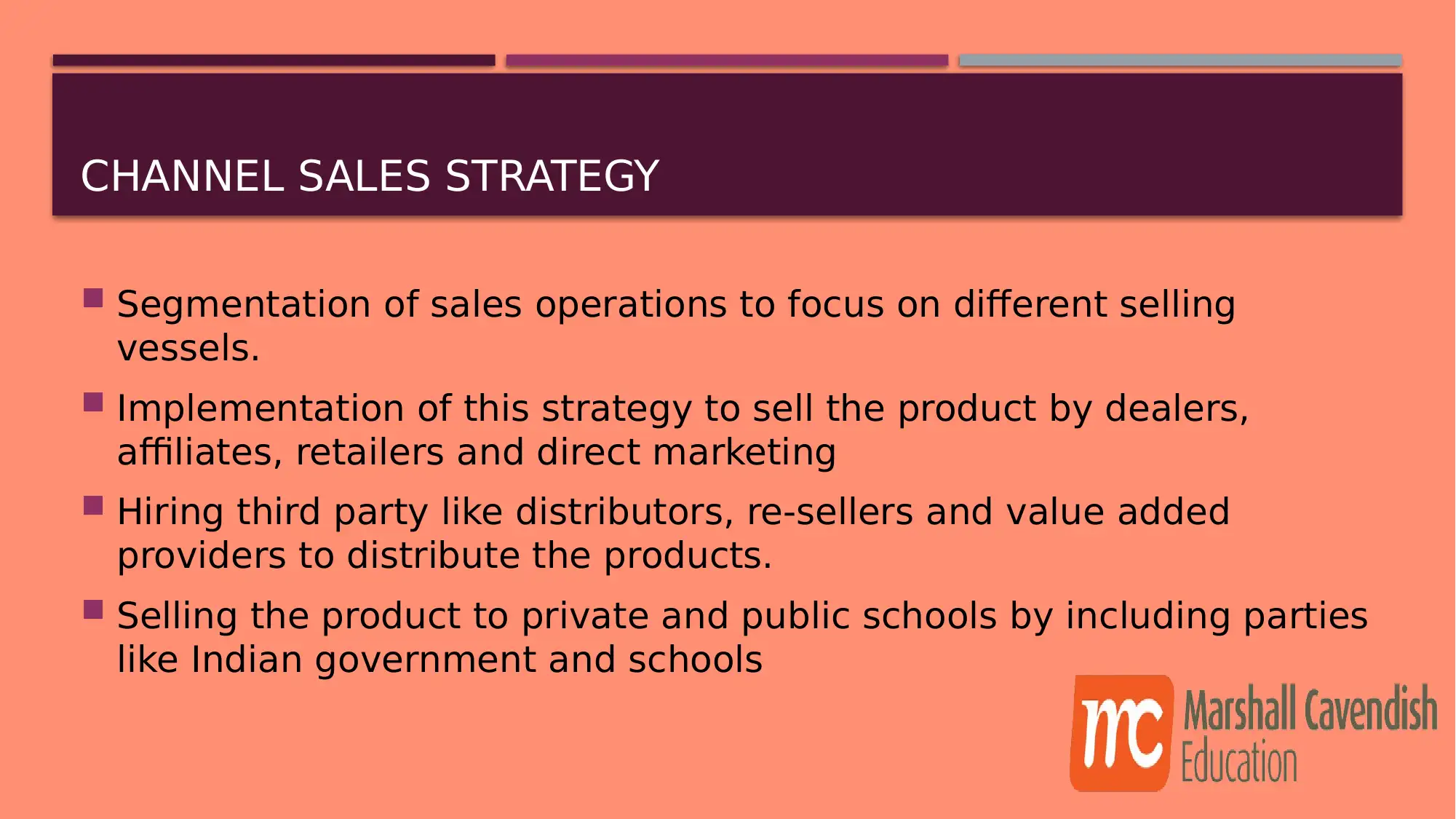
![[object Object]](/_next/static/media/star-bottom.7253800d.svg)